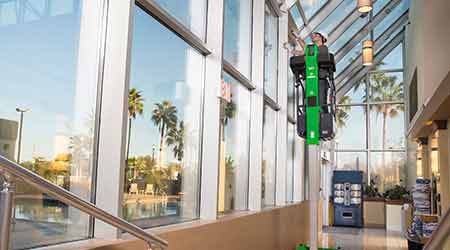Maintenance and engineering managers looking to tailor their departments’ safety awareness related to the use of aerial work platforms can improve the effectiveness of these efforts by tapping into injury databases related to the use of lifts. Three of these databases are:
• Census of Fatal Occupational Injuries from the U.S. Bureau of Labor Statistics
• Fatality Assessment and Control Evaluation report from the National Institute of Occupational Safety and Health (NIOSH)
• Incident investigation records from the Occupational Safety and Health Administration
Among the findings related to aerial work platforms are these:
• Most falls and tip-overs occur working at heights of 10-29 feet
• Tip-overs cause about 45 percent of boom lift falls
• Tip-overs cause about 58 percent of scissor lift falls
• Construction and repair activities were most commonly associated with falls, collapses, and tip-over incidents, as opposed to operations and warehousing.
Data analytics services also can help managers minimize risk by providing databases of hundreds of equipment types and tens of thousands of failure modes to customize preventive and predictive maintenance. The objective is to optimize the time to repair and time between failures, while also reducing maintenance cost.
Data analytics techniques, such as value-based reliability, have been shown to keep equipment in top condition, keep projects on schedule, protect users from injury, and prevent unscheduled downtime and major equipment damage. These systems will track results and measure savings versus cost by comparing run-to-failure with several modes of preventive maintenance to reveal the most effective solution.













